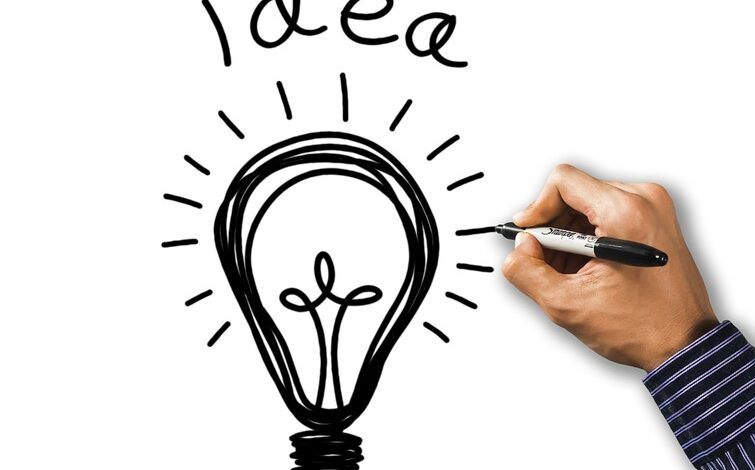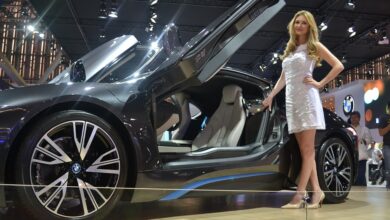
The Innovation Equation: Creativity, Technology, and the Future of Work
**The Symbiosis Between Creativity and Technology**
At the heart of the innovation equation lies the harmonious relationship between creativity and technology. Creativity serves as the catalyst for innovative ideas, pushing the boundaries of what’s possible, while technology provides the tools and platforms to bring these visionary concepts to life. For instance, the evolution of digital art software has revolutionized the field of graphic design, enabling artists to explore new dimensions of creativity that were previously unimaginable. Similarly, advancements in artificial intelligence (AI) and machine learning are fostering new levels of creativity in problem-solving and product development across industries—from healthcare to finance.
**The Transformation of the Workplace**
The fusion of creativity and technology is not only redefining the outputs of industries but also transforming the very nature of work itself. Remote work, once a rarity, has become a staple, facilitated by technological advancements such as cloud computing and collaborative online platforms. This shift towards digital workspaces embodies the innovation equation by harmonizing human creativity with technological efficiency, thereby offering unparalleled flexibility and accessibility in professional settings. Moreover, technology like virtual reality (VR) is beginning to offer immersive training experiences that could revolutionize how skills and knowledge are transferred within the workforce.
**Empowerment through Automation and AI**
One of the most significant implications of integrating technology into the workplace is the potential for automation and AI to empower human workers. Automation can handle repetitive tasks, freeing up humans to focus on more creative and strategic activities. For example, AI-driven data analysis tools can swiftly process vast amounts of information, enabling researchers and marketers to glean valuable insights and innovate more effectively. However, this raises valid concerns about job displacement and the need for re-skilling workers to thrive in a rapidly evolving job market.
**Advantages and Disadvantages**
The innovation equation brings a plethora of advantages, including increased efficiency, the democratization of creativity, and the potential for groundbreaking innovations. However, it also presents challenges, such as the digital divide, privacy concerns, and the risk of over-reliance on technology. Balancing these factors is crucial in harnessing the full potential of creativity and technology in shaping the future of work.
**Looking Ahead**
In conclusion, the innovation equation marks a significant shift in how we approach work, creativity, and technology. As we move forward, continuous learning and adaptability will be key for individuals and organizations aiming to leverage this equation for sustainable growth and innovation. The journey ahead promises a landscape where creativity is amplified by technology, leading to a future of work that is not only more efficient but also more humane and inspiring. Embracing this new paradigm requires not just the adoption of new tools, but also a cultural shift towards valuing creativity and technological literacy as cornerstones of professional development and economic advancement. In this ever-evolving arena, the potential for innovation is limitless, heralding a future where the only constant is change, driven by the inexorable forces of creativity and technology.




